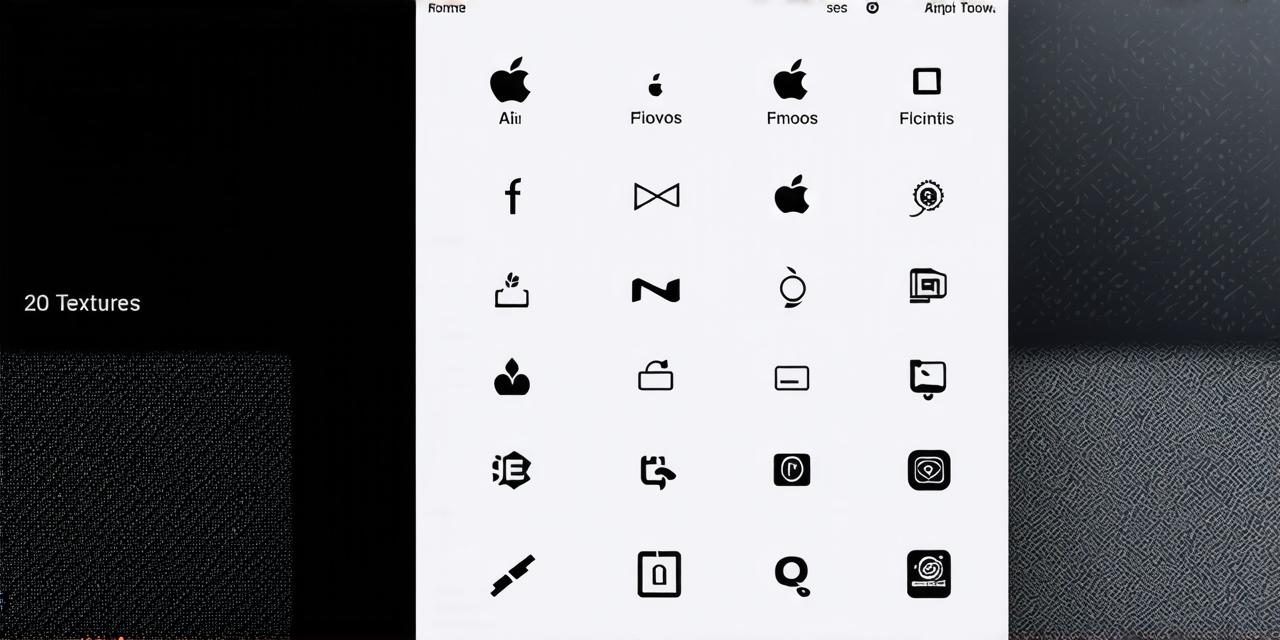Introduction
Apple’s latest operating system (OS), iOS 18, has brought forth new advancements in artificial intelligence (AI) that are set to revolutionize the way we develop and use mobile applications. As an iOS developer, it is crucial to understand how AI can be utilized effectively on this platform to enhance user experience and streamline development processes. In this comprehensive guide, we will delve into the various ways AI can be integrated into iOS 18, along with practical examples and expert opinions from industry professionals.
Part 1: Understanding AI on iOS 18
What is AI?
Artificial intelligence (AI) refers to the simulation of human intelligence processes by computer systems. These processes include learning, reasoning, perception, and self-correction. AI has been gaining popularity in recent years due to its ability to automate tasks and improve efficiency across various industries. In the context of mobile app development, AI can be used for a variety of purposes such as personalization, predictive analytics, and automation.
iOS 18’s AI Capabilities
iOS 18 has built-in support for AI through its Core ML framework, which allows developers to easily integrate machine learning models into their apps. This framework supports a range of machine learning models including image recognition, natural language processing (NLP), and predictive analytics. Additionally, iOS 18 includes the Vision framework, which provides pre-trained models for various computer vision tasks such as object detection, facial recognition, and text recognition.
Benefits of AI on iOS 18
Integrating AI into iOS 18 applications can provide numerous benefits, including:
Enhanced user experience through personalization and automation

Improved efficiency and productivity through automation of repetitive tasks
Increased accuracy and precision through machine learning models
Better decision-making through predictive analytics
Part 2: Practical Applications of AI on iOS 18
Personalization
AI can be used to personalize the user experience in various ways, such as:
Image Recognition
Image recognition can be used to automatically tag and categorize images within an app. This can help users find specific images more quickly and easily, making for a more seamless and personalized experience.
Natural Language Processing (NLP)
NLP can be used to analyze user input and provide personalized recommendations based on their preferences. For example, a music streaming app could use NLP to suggest songs
